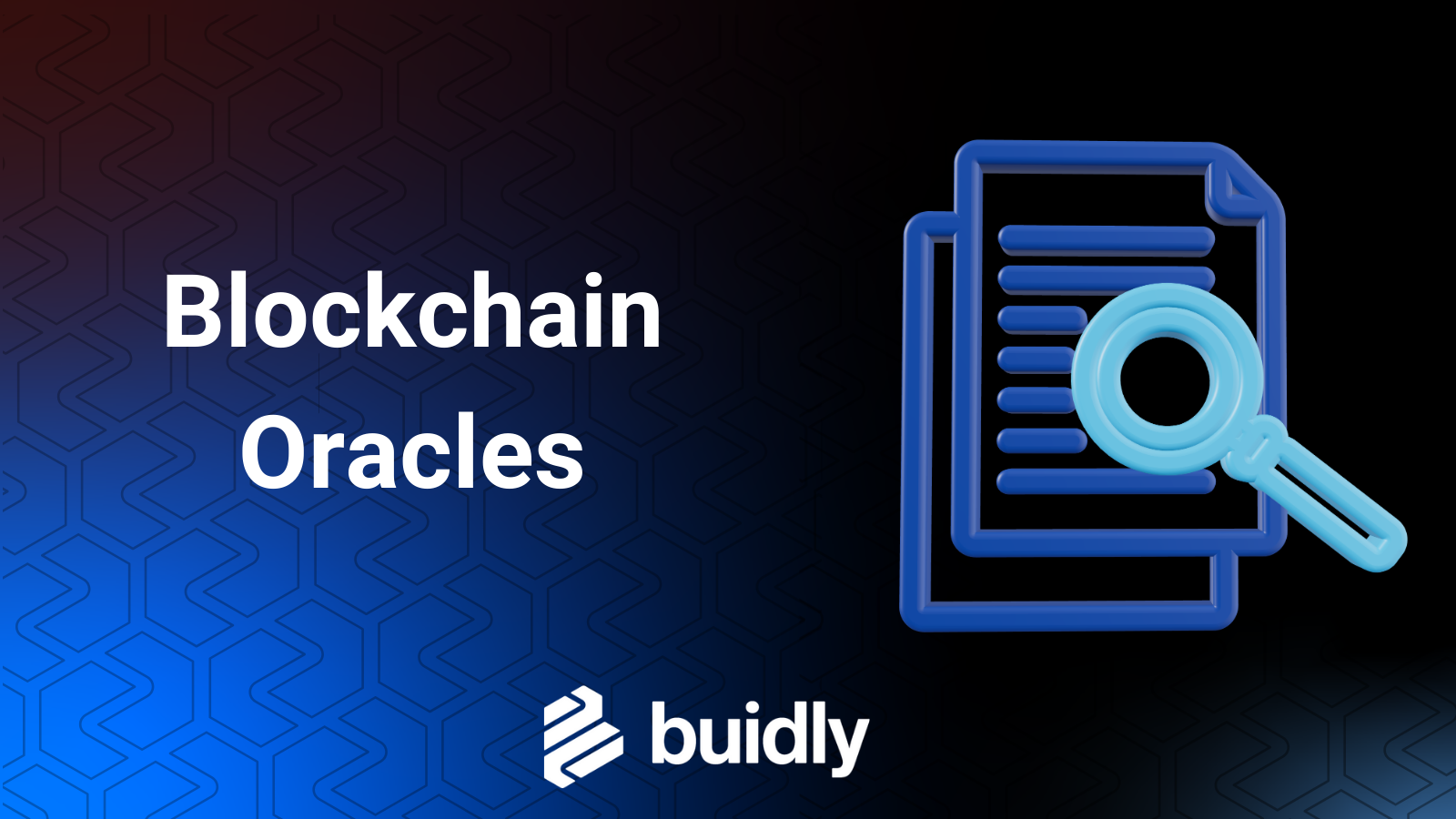
Imagine if smart contracts could “see” and “hear” the world around them, that’s what oracles let them do. They’re not just tech add-ons; they’re tools that bring the blockchain to life, making it responsive and incredibly useful for everyday applications.
Smart contracts have opened up new possibilities for automating complex agreements without the need for intermediaries. However, by their very nature, smart contracts cannot access or interact with data outside their network. This limitation is where blockchain oracles step in.
Understanding how oracles function and their role in the blockchain ecosystem is essential for anyone looking to develop or deploy smart contracts that interact with the real world.
Architecture:
Blockchain oracles act as bridges between the external world and the blockchain. Technically, an oracle is a middleware that queries, verifies, and authenticates external data sources, subsequently relaying this information. Here’s a breakdown of the typical oracle workflow:
1. Data Request: A smart contract issues a request for information which it cannot independently access.
2. Query: The oracle fetches the data from the specified external source, which could be a data feed, traditional web API, or physical device.
3. Data Verification: To ensure reliability and accuracy, the oracle may employ multiple sources and consensus mechanisms among different oracles.
4. Data Delivery: The oracle relays the verified data back to the smart contract.
5. Action Execution: The smart contract executes its logic based on the received data.
Types of Oracles
• Input Oracles: Provide external data to smart contracts (e.g., temperature readings for a weather-based contract).
• Output Oracles: Allow smart contracts to send commands to external systems (e.g., payment gateways for releasing funds upon contract fulfillment).
Deep Dive
Oracles can be categorized based on the nature of the data they provide and the sources they derive it from:
• Software Oracles. These pull data from online sources such as databases, websites, and server-hosted data. They are pivotal for financial applications needing real-time asset prices or weather apps requiring up-to-date meteorological data.
• Hardware Oracles. These interact with the physical world, gathering data from electronic sensors, barcode scanners, or other IoT devices. An example includes tracking shipment conditions in supply chain management.
• Consensus Oracles. These oracles aggregate data from multiple sources to ensure accuracy and reduce the risk of data manipulation, commonly used in prediction markets where various inputs determine the outcome of an event.
The Oracle problem:
The main technical challenge with oracles is the “oracle problem,” which is the trust issue arising from the dependency of smart contracts on external data. If the oracle delivers incorrect data, the smart contract will execute incorrectly, potentially leading to significant losses.
The solution are decentralized oracles and multi-source verification. By using a network of oracles (decentralized oracle networks like Chainlink) and aggregating data from multiple sources, the reliability of the data can be significantly enhanced.
Data integrity.
Ensuring that data remains unaltered during transmission is crucial. Any tampering with the data can lead to incorrect contract execution.
• Solution: Cryptographic techniques such as data signing, where data providers sign the data before sending it to the oracle. Smart contracts can then verify these signatures against public keys known to be reputable.
Timeliness and relevance:
The usefulness of data is often time-sensitive, especially in markets or environments where conditions change rapidly.
• Solution: Real-time data fetching and processing. Implementing efficient data handling and processing mechanisms within oracles to minimize latency.
Conclusion
Oracles are how your favorite dApps might one day automatically settle an insurance claim after a storm, or guarantee that the coffee you’re sipping comes from a fair-trade source. They’re about connecting the dots between the blockchain and everything else, making sure that the data driving decisions in the blockchain space is as real and timely as possible.
The evolution of oracles will be key to pushing the boundaries of what blockchain can do, from finance to supply chains and beyond. But let’s keep things in perspective; as much as they’re a game changer, they also need to be built right, with transparency, security, and community in mind.
The potential is huge, but it’s up to us to ensure it’s realized in a way that benefits everyone. As we continue to develop and deploy oracles, let’s stay committed to making blockchain not just powerful, but also trustworthy and inclusive.
Further Reading and Resources
For those interested in exploring blockchain oracles further, the following resources provide in-depth information and technical details:
• Chainlink Whitepaper: Delve into the technical foundations of decentralized oracle networks. Chainlink Whitepaper
• The Oraclize Documentation: Offers a detailed look at implementing oracles in smart contracts.
• “Oracles: The Key to Unlocking Smart Contracts” by Thomas Bertani: A seminal article discussing the importance of oracles in the blockchain space.
• Chainlink Blog: Offers in-depth articles on the developments and technical improvements in decentralized oracle networks. Visit Chainlink Blog
• “Building Trusted Oracles: A New Framework” by Thomas Bertani: Provides a detailed analysis of oracle architecture and security considerations. Read on ArXiv
Placeholder
Lorem ipsum dolor sit amet, consectetur adipiscing elit. Suspendisse varius enim in eros elementum tristique. Duis cursus, mi quis viverra ornare, eros dolor interdum nulla, ut commodo diam libero vitae erat. Aenean faucibus nibh et justo cursus id rutrum lorem imperdiet. Nunc ut sem vitae risus tristique posuere.







